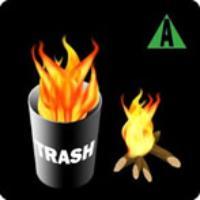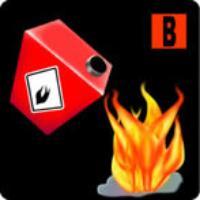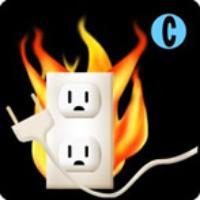Fire Extinguishers
Remember
- Fire protection equipment is a good defence after the fire has begun
- Fire protection equipment, however, cannot prevent a fire from starting
- If there is a fire, sound the alarm, get everybody out, call the fire department from a safe location. Only then should you attempt to extinguish a small fire
Classes of Fire Extinguishers
All fire extinguishers are labeled using standard symbols for the class of fire they can put out
Class A:
Includes ordinary combustibles such as wood, cloth and paper

Class B:
Flammable liquids such as gasoline, oil and oil-based paint

Class C:
Includes energized electrical equipment such as wiring, circuit breakers and appliances

Installations
Extinguishers must be installed in escape routes near exits and always in plain view. Keep extinguishers away from hazards!
How To Use Your Extinguisher
PASS
P - Pull the Pin
A - Aim low
S - Squeeze the lever
S - Sweep from side to side
Things You Must Know
- When the fire is out never walk away – always back away
- Stand by until the fire department arrives in case the fire re-ignites
- Most extinguishers discharge completely in as few as 8 - 30 seconds
- Always TEST the extinguisher first to ensure it works before you approach a fire
- The operator must have a clear escape route - NEVER put a fire between yourself and your exit
- It is recommended that everyone get practical training on the use and operation of the extinguishers in the building.
Remember
Never place yourself or others in jeopardy by attempting to extinguish a fire. If you cannot put out the small fire with the use of the extinguisher, or you are unsure of yourself, leave the area immediately. Close the door to the room where the fire is. Activate the fire alarm system if applicable. Call the Fire Department. Gather with others at the meeting spot until the Fire Department arrives.